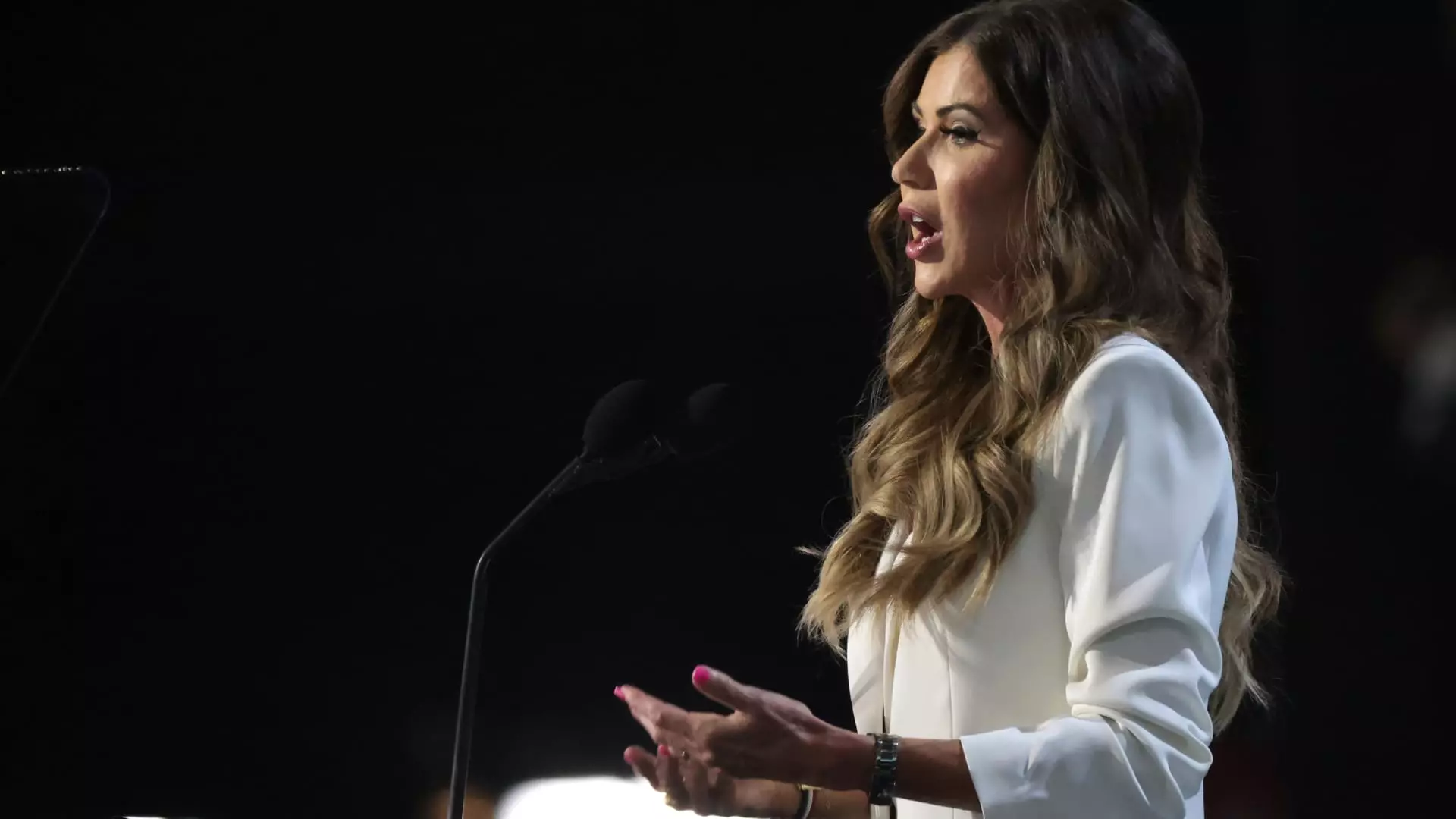In recent months, there has been a noticeable movement among various states in the U.S. toward introducing energy efficiency rebate programs, a trend first initiated by New York in May. These efforts are part of a broader strategy aimed at reducing energy costs for households while combating climate change, as outlined in the Inflation Reduction Act (IRA). This significant piece of legislation, passed in 2022, allocated approximately $8.8 billion for energy rebates, intending to empower consumers to retrofit their homes and upgrade outdated appliances.
While some states have jumped on the bandwagon, others, like South Dakota, have opted out altogether. The state’s decision to decline federal funding tied to these rebate initiatives has sparked discussions about state versus federal responsibilities in addressing environmental challenges. As states navigate the complexities of program design and implementation, stark contrasts in their approaches become apparent.
At the heart of the IRA are two principal rebate programs: the Home Efficiency Rebates and the Home Electrification and Appliance Rebates. Homeowners may access maximum rebates of up to $8,000 for energy efficiency improvements and $14,000 for electrification projects and appliance replacements. These financial incentives are structured not only to reduce the burden of upfront costs for consumers but also to drive substantial decreases in carbon emissions over time.
The goal is twofold: assisting individuals in reducing their utility bills while simultaneously addressing the global climate crisis. As households make more energy-efficient choices, their reliance on carbon-intensive energy sources diminishes, leading to lower greenhouse gas emissions. However, eligibility for these rebates varies significantly from state to state, often hinging on household income and the extent of energy reduction achieved through described improvements.
The degree of state participation in these rebate programs is varied. As of late September, confirmed programs had been launched in states such as Arizona, Maine, New Mexico, Rhode Island, and Wisconsin. An increase in statewide initiatives is anticipated, with numerous other states and Washington, D.C., having either applied for or received approval for funding. Notably, 51 states and territories have sought almost $4 billion in total rebate funding, signaling widespread recognition of the potential benefits of energy efficiency initiatives.
However, South Dakota’s decision to reject its share of over $68 million for rebate programs stands out as a significant counter-narrative within this burgeoning framework. South Dakota officials expressed skepticism regarding the potential administrative burden and philosophically resisted what they see as an imposition of federal environmental policy, characterizing the IRA’s provisions as part of a perceived “Green New Deal” agenda. This reveals a broader ideological divide on energy policy within the United States.
For those states that have embraced these rebate programs, challenges remain in terms of implementation. Each state possesses unique considerations, capabilities, and resources. The U.S. Department of Energy (DOE) has recognized the variability in states’ timelines and framework for setting up these programs, asserting that local needs heavily influence each state’s strategy. As such, most are choosing to roll out their programs in stages to ensure effective management and maximal consumer benefit.
Florida’s case exemplifies the evolving landscape of state actions regarding energy efficiency rebates. Initially resistant to utilizing federal funds for rebate programs, recent shifts indicate a willingness to engage, with the state now preparing a phased rollout expected by early 2025. This trend reflects a growing recognition of the importance of energy efficiency in managing rising utility costs amidst climate change challenges.
For the success of these rebate programs, consumer awareness and education are paramount. Households must actively seek information about the rebate options available in their states and understand their eligibility criteria. Notably, as some states prepare to make these rebates accessible at points of sale, consumers will find the purchasing process significantly easier, mitigating concerns about upfront costs.
As encouraged by the DOE, individuals are urged not to delay improvements or energy efficiency projects, highlighting alternative federal opportunities such as tax credits and localized utility programs. Engaging in home upgrades now could yield long-term benefits, particularly in energy conservation, cost savings, and contributing to national sustainability goals.
As states initiate energy efficiency rebate programs within the Framework of the Inflation Reduction Act, the landscape of energy policy in the United States continues to evolve. While challenges, such as state rejections and implementation issues, pose hurdles, the overall trend favorable toward sustainability and climate-conscious practices indicates a growing commitment. By adapting to local contexts and fostering consumer engagement, these programs hold the potential to significantly reshape the energy consumption landscape across the nation. The coming years will reveal how effectively states harness these opportunities to foster a greener future for all.

